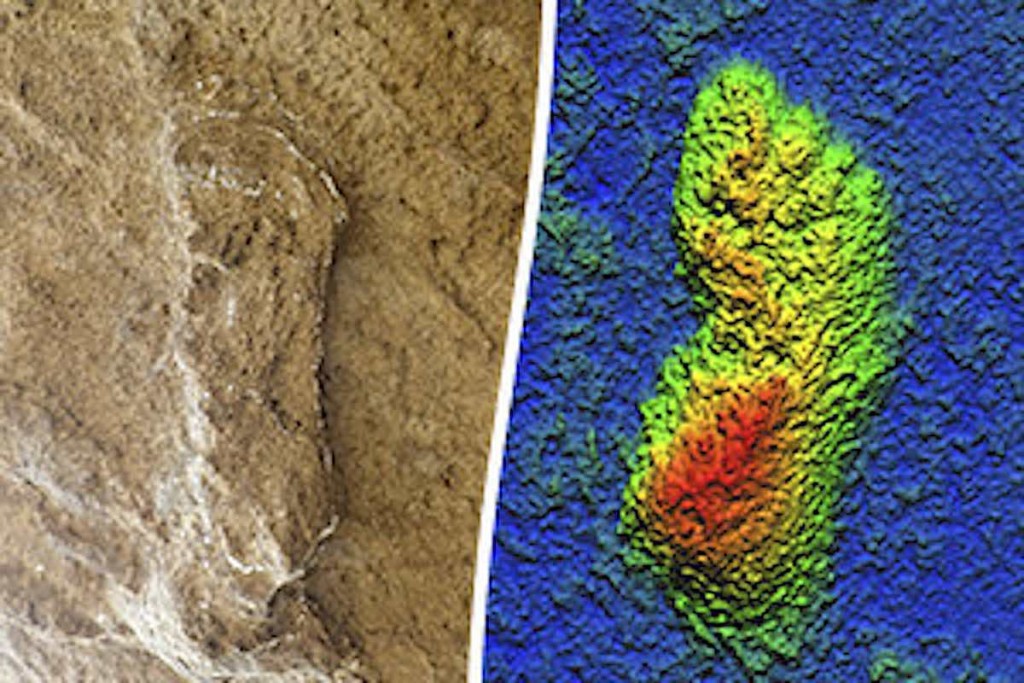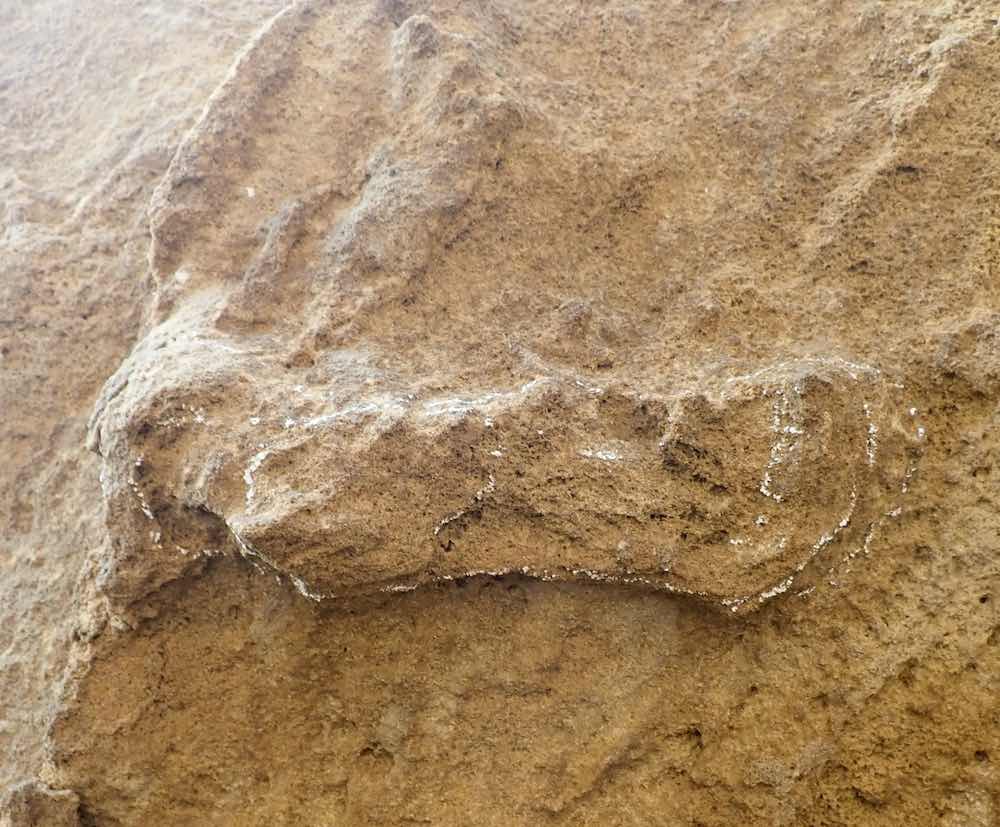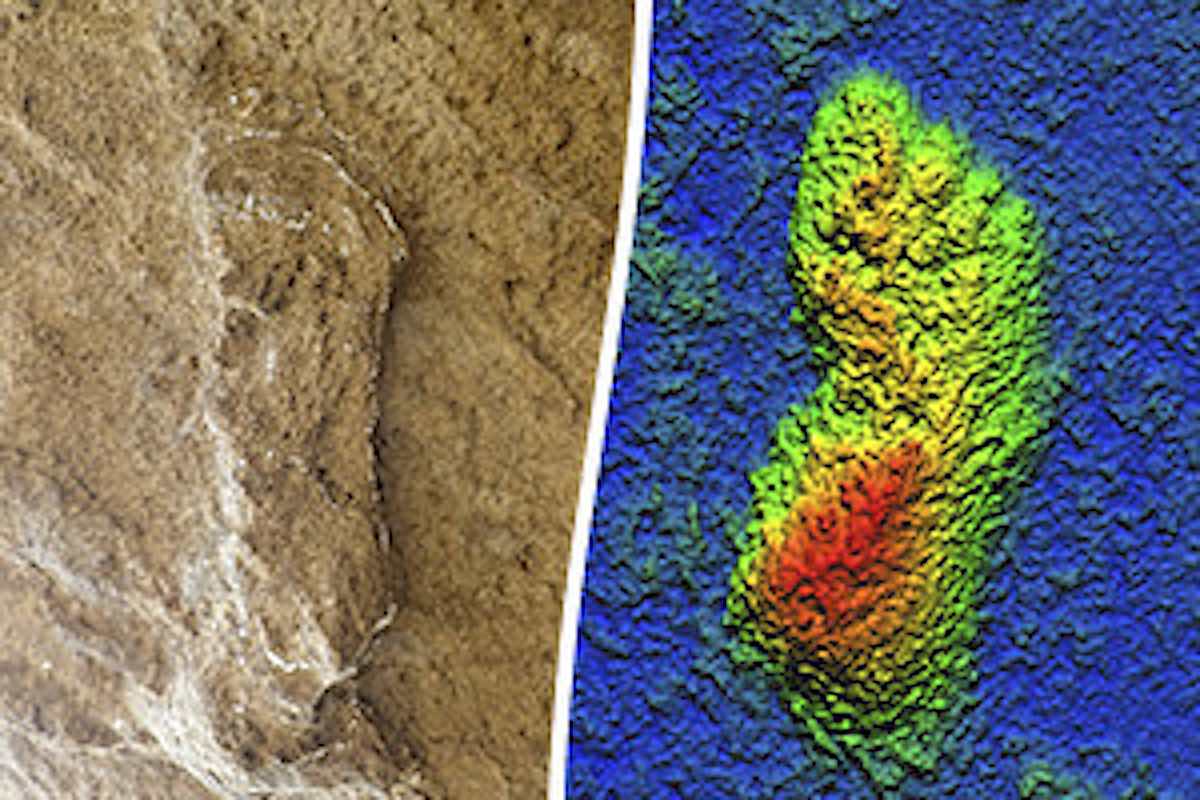
A 153,000-year-old footprint found in South Africa could be the world’s oldest ever made by our species.
Older footprints from the Homo genus have been found in Spain, but it’s not perfectly clear which species they belonged to as they pre-date the earliest evidence of neanderthals in Europe.
Scientists working in Africa identified the track made by Homo sapiens in the Garden Route National Park, west of the Cape Coast town of Knysna, and that it’s older than the two previously oldest tracks in Nahoon and Langebaan by 25,000 years.
“Just over two decades ago, as the new millennium began, it seemed that tracks left by our ancient human ancestors dating back more than about 50,000 years were excessively rare,” explained Charles Helm, Research Associate at Nelson Mandela University, and Andrew Carr, Senior Lecturer at University of Leicester, who together published a paper on their findings in the journal Ichnos.
“In 2023 the situation is very different. It appears that people were not looking hard enough or were not looking in the right places. Today the African tally for dated hominin ichnosites (a term that includes both tracks and other traces) older than 50,000 years stands at 14.
That count includes 4 from East Africa and 9 from South Africa. Another 10 ichnosites are spread across the world and can be found in places such as the UK and Arabian Peninsula.
“The footprints are ‘natural casts’, i.e. they are from the layer of sand that filled the footprints in,” says Dr. Helm.
“The South African hominin track sites are globally unusual in that this is a common mode of preservation. It means that, counterintuitively, we look on cave ceilings and rock overhangs for such footprints.”

The South African sites on the Cape Coast, attributed to Homo sapiens, bear tracks that tend to be fully exposed when they’re discovered, in rocks known as aeolianites, which are the cemented versions of ancient dunes.
MORE ARCHAEOLOGY NEWS: Remains of Prehistoric BBQ Suggests Dinner was Served 780,000 Years Ago–600,000 Years Earlier than we Thought
Excavation is therefore not usually considered, and because of the sites’ exposure to the elements and the relatively coarse nature of dune sand, they aren’t usually as well preserved as East African sites.
“They are also vulnerable to erosion, so we often have to work fast to record and analyze them before they are destroyed by the ocean and the wind,” said Dr. Helm. “A key challenge when studying the palaeo-record—trackways, fossils, or any other kind of ancient sediment, is determining how old the materials are.”
In the case of the Cape Coast aeolianites, the dating method of choice is often optically stimulated luminescence.
MORE HUMAN HISTORY: Earliest Prehistoric Art Discovered –And it Turns Out to Be Hand Prints Made by Children 170,000 Years Ago
This method of dating shows how long ago a grain of sand was exposed to sunlight; in other words, how long that section of sediment has been buried.
“Given how the tracks in this study were formed—impressions made on wet sand, followed by burial with new blowing sand—it is a good method as we can be reasonably confident that the dating “clock” started at about the same time the trackway was created,” the researchers write.
SHARE This Human History With Your Friends.




















